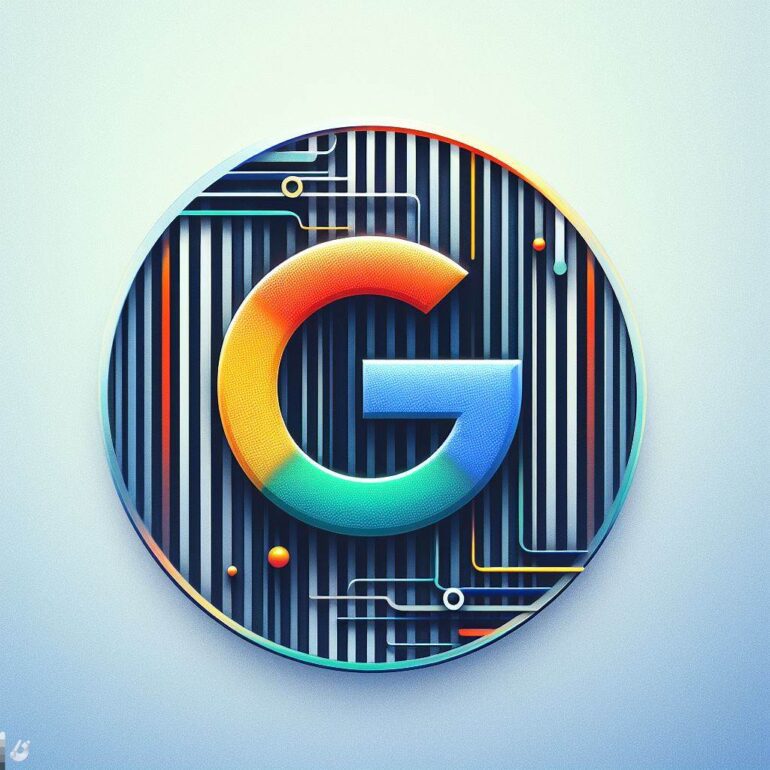TL;DR:
- Google DeepMind forms AI Safety and Alignment organization in response to concerns about GenAI’s potential for disseminating disinformation.
- The new division aims to address AI safety challenges, including mitigating risks associated with artificial general intelligence (AGI).
- Led by Anca Dragan, the organization focuses on integrating safeguards into GenAI models to prevent the spread of misinformation and biases.
- Despite skepticism, stakeholders recognize the necessity of robust AI safety measures to maintain trust and address concerns in the market.
Main AI News:
Google’s flagship GenAI model, Gemini, readily crafts deceptive content upon request. Whether it’s concocting false narratives about the forthcoming U.S. presidential election or fabricating scenarios regarding the next Super Bowl game or the Titan submersible implosion, Gemini’s capabilities are concerning. This issue hasn’t escaped the attention of policymakers, who are alarmed by the ease with which such AI tools can propagate disinformation and mislead the public.
In response to mounting criticism, Google, despite its recent downsizing, is channeling resources into AI safety. This initiative, ostensibly aimed at mitigating the risks posed by AI technologies, has culminated in the formation of a new entity: the AI Safety and Alignment organization.
This morning, Google DeepMind, the pioneering AI research and development arm responsible for Gemini and other advanced GenAI projects, unveiled the establishment of the AI Safety and Alignment organization. Comprising existing teams focused on AI safety, this initiative also welcomes new, specialized cohorts of GenAI researchers and engineers into its fold.
While Google refrains from divulging precise figures regarding the recruitment drive associated with this organization, it acknowledges the creation of a dedicated team focused on safety around artificial general intelligence (AGI). This team, situated within the AI Safety and Alignment organization, mirrors the mission of the Superalignment division established by rival OpenAI last year.
The decision to have two separate entities tackling the same problem raises eyebrows. Speculation abounds regarding Google’s motivations, especially given its reticence to provide detailed explanations. Notably, the new team within AI Safety and Alignment operates stateside, aligning with Google’s strategic imperative to stay competitive in the AI landscape while projecting a responsible image.
Aside from the AGI-focused team, the AI Safety and Alignment organization encompasses teams tasked with integrating concrete safeguards into Google’s GenAI models. These safeguards are essential for addressing a spectrum of concerns, from preventing the dissemination of erroneous medical advice to safeguarding child welfare and curbing biases in AI systems.
Anca Dragan, formerly associated with Waymo and UC Berkeley, assumes leadership of the new team. Her expertise in AI safety systems, coupled with her academic pursuits, positions her well to lead this critical endeavor.
Dragan emphasizes the organization’s goal of enhancing models’ understanding of human preferences and values while fortifying them against adversarial attacks and biases. Despite her dual roles at DeepMind and UC Berkeley, Dragan assures stakeholders that her commitments are complementary and aimed at addressing present concerns while preparing for future challenges.
Nevertheless, skepticism persists regarding the efficacy of GenAI tools, particularly in combating deepfakes and misinformation. Public apprehension, as reflected in surveys, underscores the urgent need for robust AI safety measures.
Enterprises, too, express reservations about GenAI’s reliability, compliance, and privacy implications. Concerns regarding the accuracy of decisions made using AI tools further compound these apprehensions.
In light of these challenges, Dragan acknowledges the complexity of the AI safety landscape. She emphasizes DeepMind’s commitment to investing more resources in this area and establishing frameworks for evaluating GenAI model safety risks.
While Dragan remains optimistic about the trajectory of AI safety efforts, the onus is on stakeholders to ensure that AI models evolve to become more helpful and safe over time. Ultimately, the success of these endeavors hinges on stakeholders’ collective vigilance and commitment to ethical AI development.
Conclusion:
The establishment of Google DeepMind’s AI Safety and Alignment organization underscores the growing importance of AI ethics and safety in the market. As companies increasingly rely on AI technologies, addressing concerns surrounding disinformation, biases, and ethical considerations becomes paramount. By prioritizing AI safety, Google aims to foster trust among users and stakeholders, ultimately shaping the trajectory of AI development in the market.

